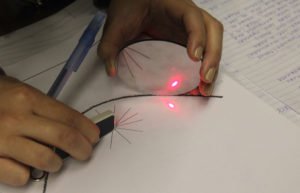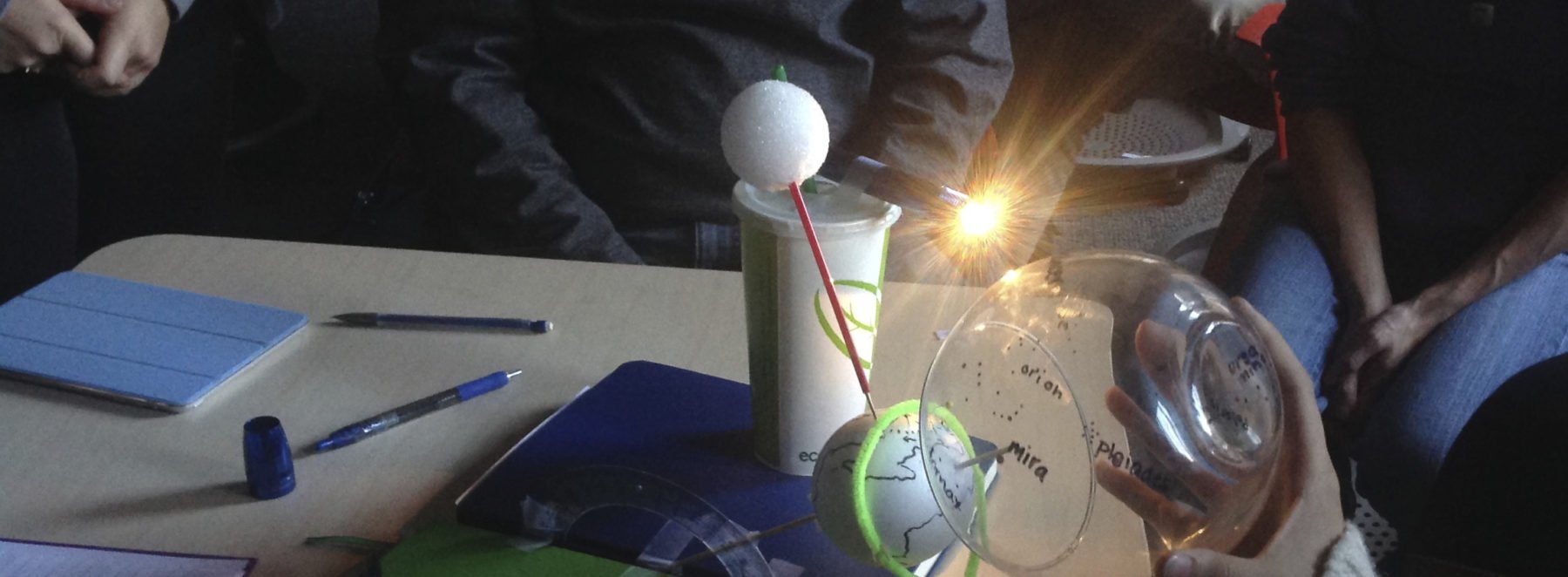 “While it can be hard to have ‘something to say’ in reference to scientific phenomena, it is harder still to organize and write a meaningful paper when you have nothing you really want to say. The structures designed to help with the exposition of an idea—a five-paragraph essay or the headings of the typical lab report—become a MadLibs of science writing as students, without a clear idea to share, seek the ‘right’ words to fill in the template. Rhetorical structures, which may be useful in organizing ideas and helping us find the holes in our arguments, can do only so much in helping us have an argument to make in the first place. If students ‘cannot’ write a topic sentence, it is likely that they have no topic sentence. If they do well on all but the ‘analysis’ section of a lab report—and why report on a lab if not for the analysis?—then it is likely that they have no real analysis to share. These structures can help highlight that, but all the writing instruction, rubrics, and templates cannot give students something to say.” –Chapter 8, Composing Science
“While it can be hard to have ‘something to say’ in reference to scientific phenomena, it is harder still to organize and write a meaningful paper when you have nothing you really want to say. The structures designed to help with the exposition of an idea—a five-paragraph essay or the headings of the typical lab report—become a MadLibs of science writing as students, without a clear idea to share, seek the ‘right’ words to fill in the template. Rhetorical structures, which may be useful in organizing ideas and helping us find the holes in our arguments, can do only so much in helping us have an argument to make in the first place. If students ‘cannot’ write a topic sentence, it is likely that they have no topic sentence. If they do well on all but the ‘analysis’ section of a lab report—and why report on a lab if not for the analysis?—then it is likely that they have no real analysis to share. These structures can help highlight that, but all the writing instruction, rubrics, and templates cannot give students something to say.” –Chapter 8, Composing Science
Take-Home Messages “Final Papers”
- To write well, students must have something to say. Prior to being given a summative, high-stakes writing assignment, students should have ample opportunity to develop their own ideas about the topic.
- An emphasis on students’ own ideas is not equivalent to students producing opinion pieces or naive, “science fair” accounts: Allowing students to have their own ideas does not mean we abandon rigor. The prior chapters, in which students develop these ideas, provide examples of how we structure assignments and feedback so that this is not “anything goes.”
- To write well, students need to write to someone. In our courses,
this “someone” is (usually) their classmates and faculty. Prior to the summative, high-stakes writing assignment, students should have ample opportunity to develop a classroom community, with ongoing negotiations and debates to which they can speak, shared observations they might reference, and common terminology they all understand similarly. - If you opt to have students write to a different audience (e.g., 5th- graders in the Flame Challenge, an editorial, a practitioner journal), then they should have ample opportunity to understand those communities.
- Assess ideas first: If you—as a fellow member of this course, with the knowledge you have—can clearly understand the idea(s) the student is writing about, the writing has done its first and most important job. Honor that in your feedback and in your grading.
- Assess consistency with classroom ideas: If an idea is consistent with the discussions you’ve had as a class, also honor that in your feedback and grading.
